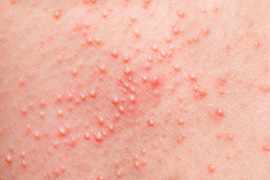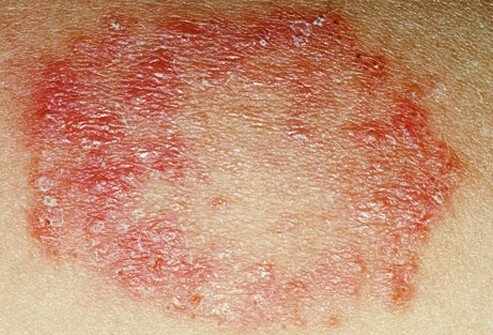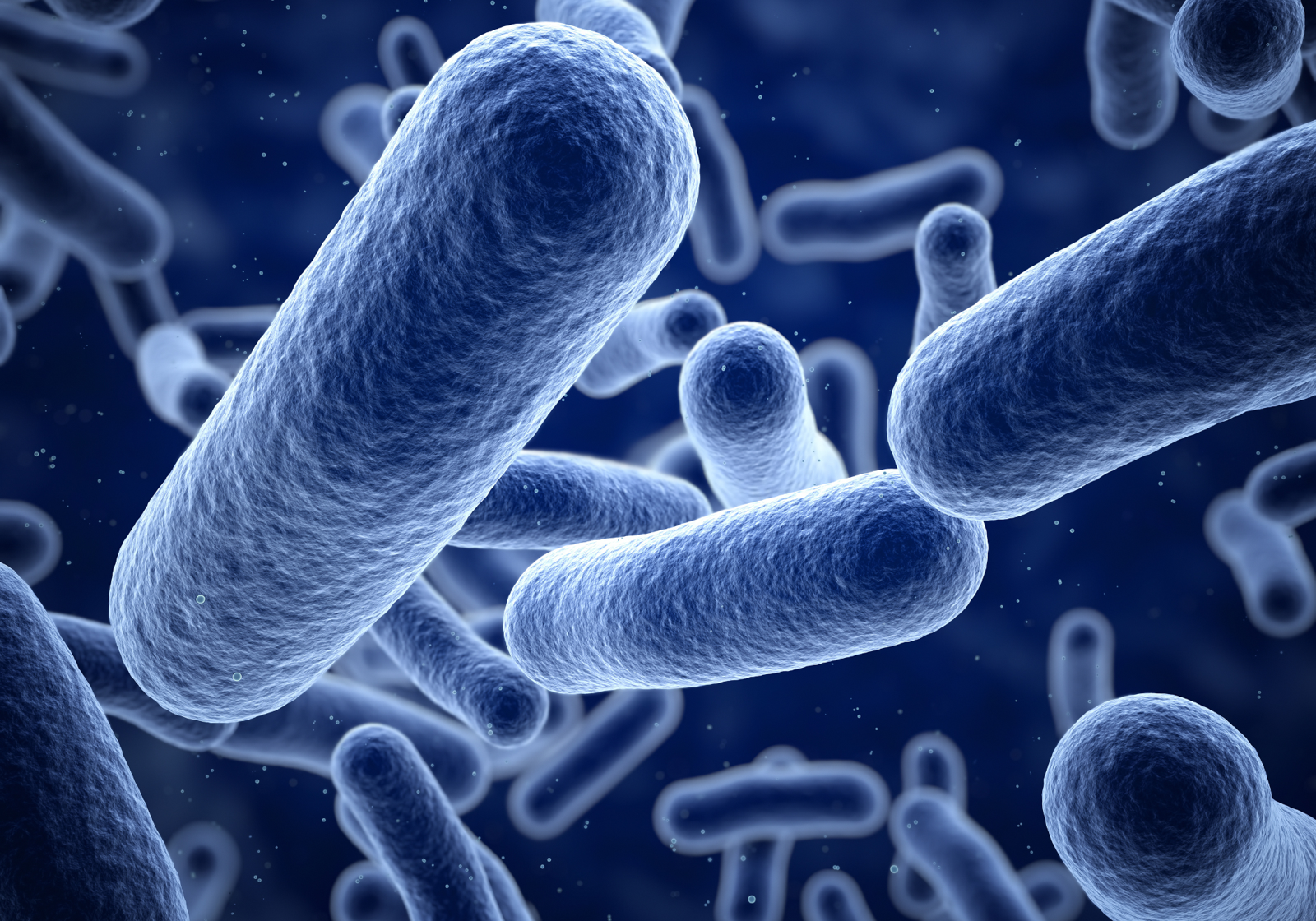
Amebiasis is a parasitic infection caused by Entamoeba histolytica, primarily affecting the gastrointestinal tract. This condition, while preventable and treatable, remains a public health concern in many parts of the world. To better understand its prevalence, risk factors, and management options including the role of medications like nitazoxanide we’ll explore its global impact, transmission, and treatment strategies.
What is Amebiasis?
Amebiasis occurs when Entamoeba histolytica invades the large intestine, leading to symptoms ranging from mild diarrhea to severe dysentery. In some cases, the parasite can spread to other organs, such as the liver, causing life-threatening complications like liver abscesses.
This infection is primarily transmitted through the ingestion of contaminated food or water or through person-to-person contact in unsanitary conditions. Poor hygiene practices are significant contributors to its spread.
The Global Prevalence of Amebiasis
Amebiasis is a widespread condition but is particularly prevalent in developing regions where sanitation infrastructure is inadequate. According to the World Health Organization (WHO), the disease affects approximately 50 million people annually, with over 100,000 deaths attributed to its complications.
High-Risk Areas
Sub-Saharan Africa: Poor access to clean drinking water and sanitation facilities makes this region a hotspot for amebiasis.
South and Southeast Asia
High population density and insufficient hygiene practices contribute to its spread.
Latin America
Certain rural areas, especially in countries like Mexico, see endemic rates of infection. Although less common in developed nations, cases can still occur, particularly among travelers returning from endemic areas, immigrants, and institutionalized populations.
Risk Factors for Amebiasis
The likelihood of contracting amebiasis increases in certain conditions
Poor Sanitation
Contaminated water or food sources are the primary vectors.
Overcrowded Living Conditions
Refugee camps and slum areas with limited hygiene resources are high-risk environments.
Immune Suppression
Individuals with weakened immune systems, such as those with HIV/AIDS, are more susceptible to severe infections.
Travel to Endemic Areas
Tourists visiting high-risk regions without proper precautions may contract the infection.
Symptoms of Amebiasis
The clinical manifestations of amebiasis vary, ranging from asymptomatic infections to severe complications.
Common Symptoms
Diarrhea, often with mucus or blood
Abdominal cramps and pain
Nausea and occasional vomiting
Low-grade fever
Severe Complications
Amebic dysentery: Persistent bloody diarrhea
Amebic liver abscess: Severe right upper quadrant pain and fever
Peritonitis: Due to intestinal perforation, a life-threatening condition
Diagnosis
Diagnosing amebiasis requires a combination of clinical assessment and laboratory tests. Common diagnostic methods include
Microscopic Examination: Stool samples may reveal E. histolytica cysts or trophozoites.
Antigen Detection Tests: More sensitive and specific than microscopy.
Serological Tests: Useful in detecting extra-intestinal infections like liver abscesses.
Imaging: Ultrasound or CT scans are employed for complications like liver abscesses.
Treatment Options
Managing amebiasis effectively involves eliminating the parasite and alleviating symptoms.
Medications for Amebiasis
Metronidazole and Tinidazole
These are the first-line treatments for invasive infections. They are highly effective against E. histolytica.
Luminal Agents
Medications like paromomycin and iodoquinol are used to eradicate the parasite from the intestinal lumen. These are often combined with systemic treatments.
Nitazoxanide
This broad-spectrum antiparasitic agent is increasingly recognized for its efficacy in treating amebiasis. Its ease of use and availability make it a viable alternative to traditional therapies.
Nitazoxanide is particularly notable for its shorter treatment duration and minimal side effects compared to metronidazole. Those searching for "nitazoxanide for sale" can find it in pharmacies, especially in regions with high prevalence rates, as it is becoming an essential tool in combating parasitic infections.
Supportive Care
In cases of severe dehydration or dysentery, rehydration therapy oral or intravenous is crucial. Nutritional support may also be needed to recover from significant weight loss or malnutrition associated with chronic infections.
Prevention Strategies
Preventing amebiasis is essential, particularly in endemic areas. Key preventive measures include
Improving Sanitation
Ensuring access to clean water and proper sewage disposal is the cornerstone of prevention.
Promoting Hygiene
Handwashing with soap, especially after using the restroom and before meals, can significantly reduce transmission.
Food Safety Practices
Cooking food thoroughly and avoiding raw produce in high-risk regions can lower the risk.
Education and Awareness
Public health campaigns targeting communities in endemic regions can promote better hygiene practices.
Nitazoxanide’s Role in Combating Amebiasis
Nitazoxanide has emerged as a valuable medication for treating various parasitic infections, including amebiasis. Its broad-spectrum activity and minimal side effects make it particularly useful in both pediatric and adult populations.
Availability and Accessibility
As demand for effective treatments grows, nitazoxanide is increasingly becoming available in pharmacies worldwide. If you're searching for "nitazoxanide for sale," ensure you purchase it from reputable sources to guarantee its quality and authenticity.
Conclusion
Amebiasis remains a significant health issue, especially in developing regions where sanitation and hygiene standards are low. Understanding its prevalence and adopting effective prevention and treatment strategies are critical to reducing its impact.
Medications like nitazoxanide offer promising results, providing a reliable alternative to traditional therapies. However, addressing the root causes of amebiasis poor sanitation, lack of clean water, and inadequate health education remains the ultimate goal in controlling and eventually eradicating this disease.
Public health interventions, coupled with accessible and effective treatments, will pave the way for a future where amebiasis is no longer a global health burden.










Write a comment ...